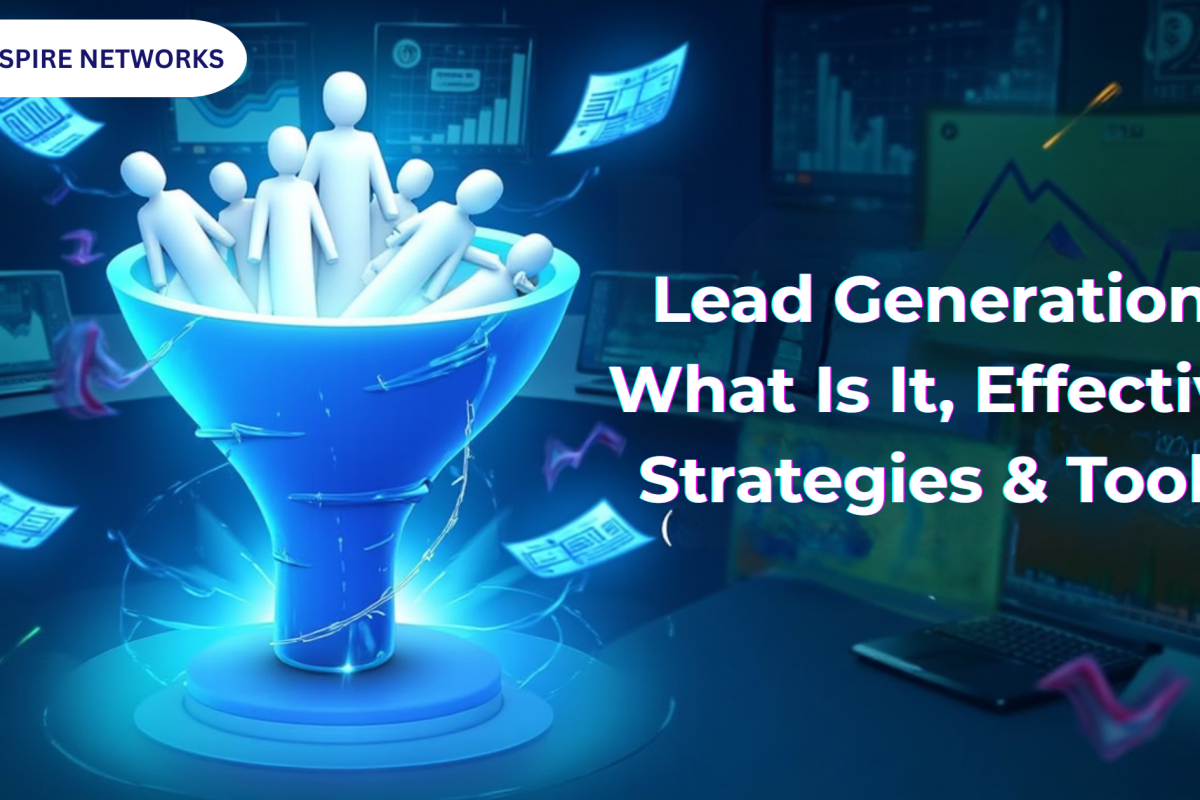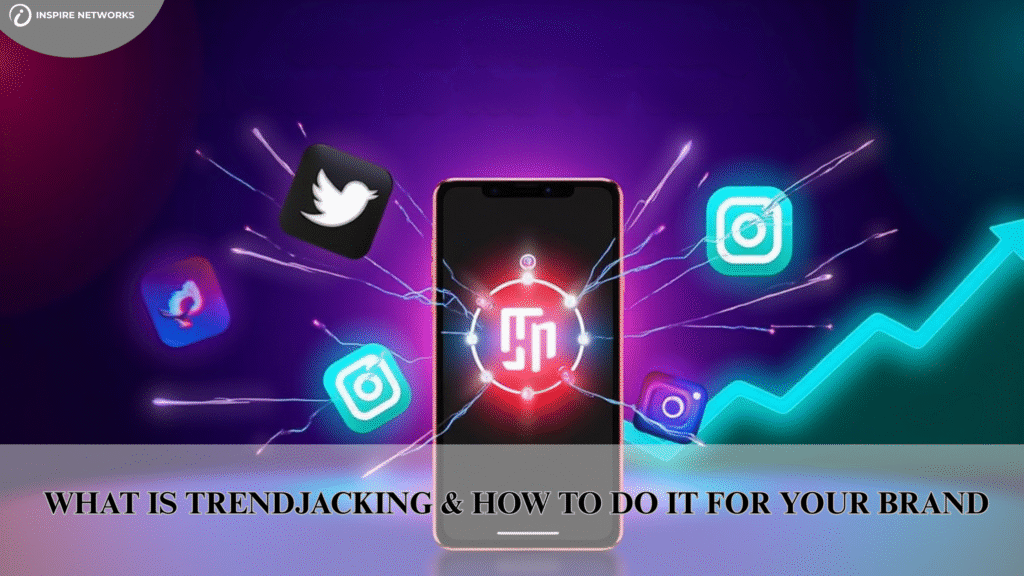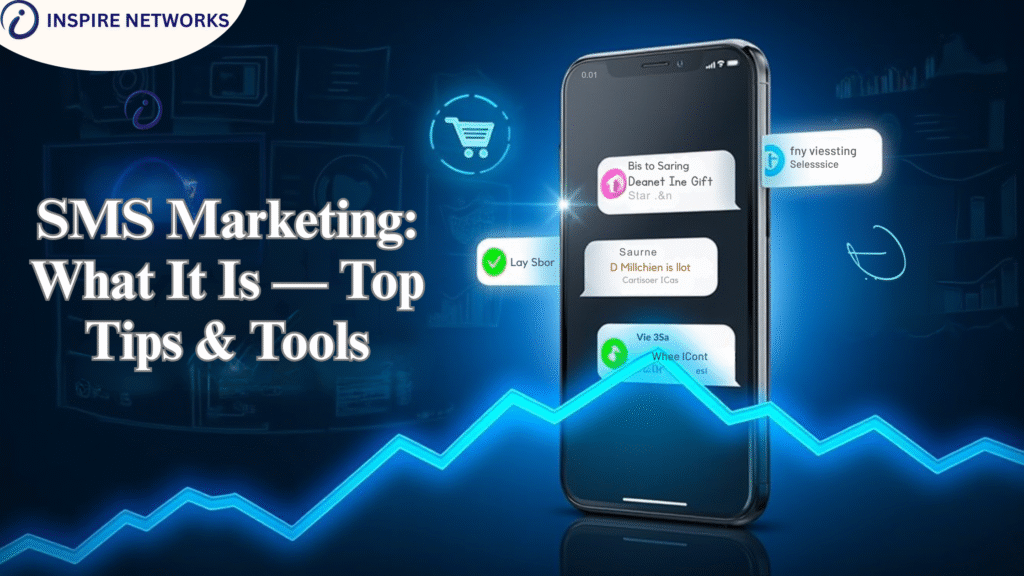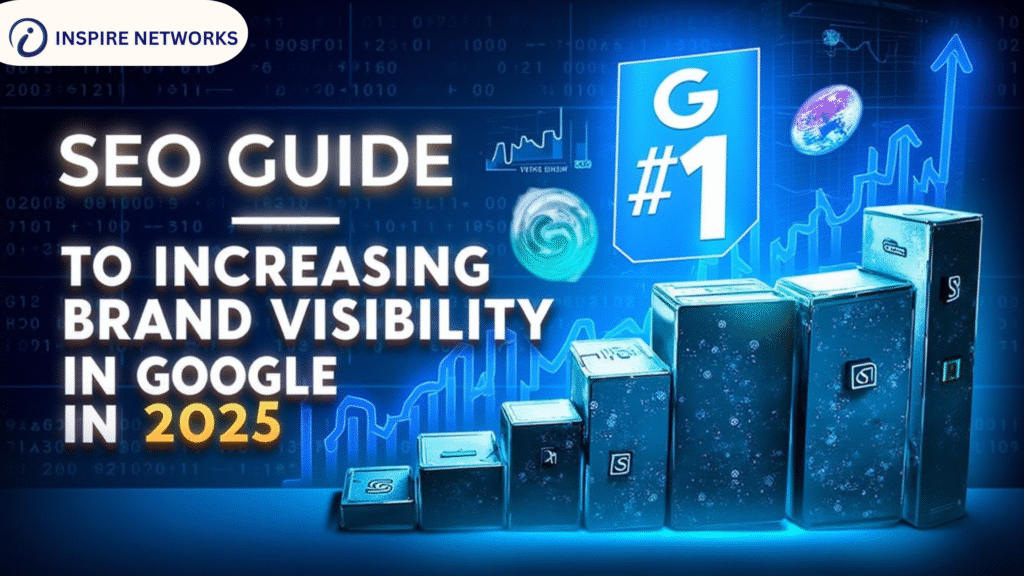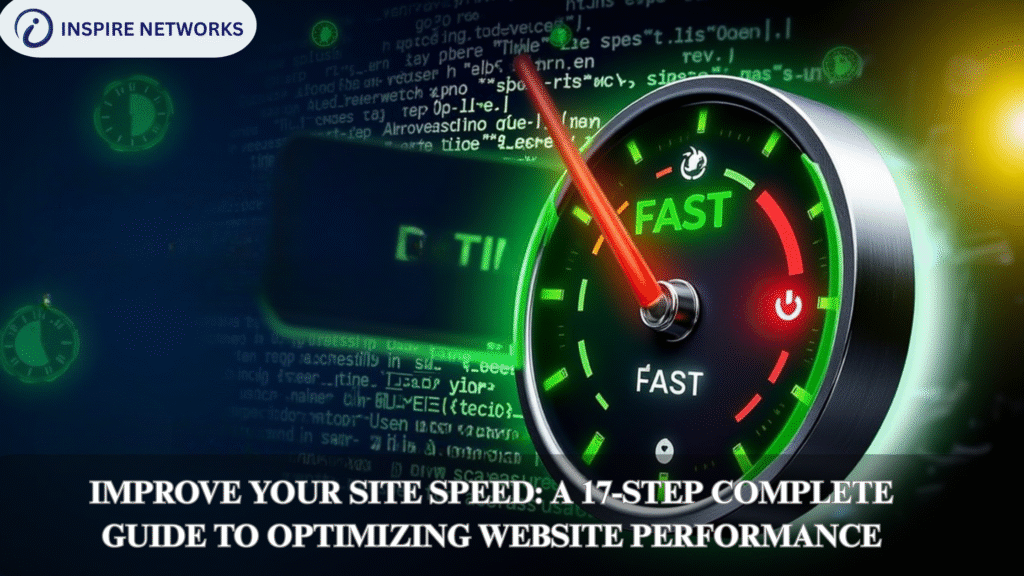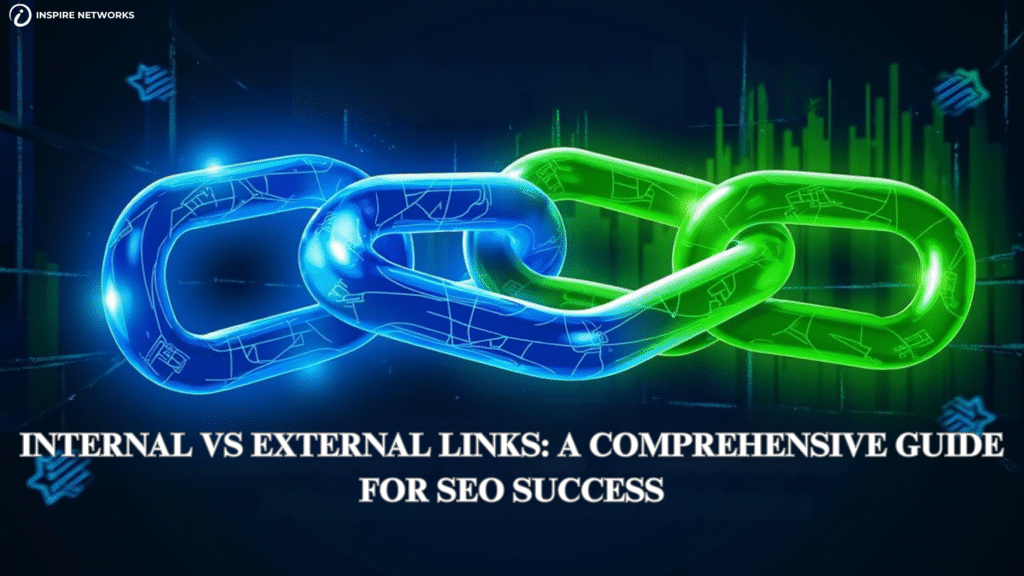Introduction
Lead generation refers to attracting potential customers and securing their contact information such that organizations can continue cultivating these prospects. Whether operating in business-to-business or consumer markets, lead generation establishes the framework crucial for sustainable commercial success. Fundamentally, the process aims to engage individuals or entities interested in an enterprise’s goods or services.
However, modern lead generation transcends merely aggregating emails or phone numbers. It blends proactive and reactive strategies leveraging cutting-edge tools, targeted outreach, and customized engagement—each calibrated to shepherd prospects through their buyer journey. As digital ecosystems evolve at a dizzying pace, enterprises must stay ahead by exploiting proven approaches and leading-edge technologies to not only obtain leads but transform them into loyal patrons.
This comprehensive guide explores the basics of lead generation, its importance in contemporary marketing initiatives, impactful tactics to adopt, and the most powerful available instruments.
Types of Leads
Lead generation initiates interest or inquiries among potential consumers regarding a business’s offerings. Fundamentally, it involves engaging and gathering data from prospects—usually via forms, phone calls, subscriptions, or conversational interfaces—to subsequently cultivate and eventually convert them into paying customers.
Several lead categories exist depending on a contact’s stage in the sales funnel:
- Marketing-qualified lead (MQL) – An individual who has interacted with marketing efforts but isn’t yet prepared for a direct sales discussion.
- Sales-qualified lead (SQL) – A prospect demonstrating intent to purchase and ready for direct engagement by the sales team.
- Product qualified prospect: A person who has experienced your offering (e.g., through a complimentary trial) and has demonstrated potential to become a paying customer.
- Service qualified referral: An existing client who has signaled interest in extra services or improvements.
Why Lead Generation Is Critical for Business Development
Lead generation is not just a marketing activity—it is a revenue-driving engine that ensures long-term business sustainability. Here are the primary rationales it is pivotal:
- Revenue Creation: No enterprise can survive without a consistent influx of new patrons. Lead generation feeds the sales funnel with probable clients of varying stages.
- Brand Visibility: High-quality lead generation campaigns increase your brand’s exposure and reputation in the marketplace.
- Targeted Advertising: Rather than casting a wide net, lead generation enables businesses to reach audiences that are more likely to transform.
- Enhanced ROI: Effective lead generation allows marketers to quantify campaign performance and focus budget on the most successful channels.
- Sustainable Growth: A steady stream of qualified leads creates opportunities for scalable growth over time through newly acquired and retained clients.
Effective Lead Generation Strategies
A well-rounded lead generation strategy is a balanced blend of content, technology, and targeted outreach. Below are some of the most effective methods:
1. Content Marketing
Creating and distributing useful, relevant content is one of the most efficient ways to generate leads. From blog posts and white papers to eBooks and webinars, content marketing helps educate prospects, answer their questions, and build trust.
Best practices:
- Use gated content to capture lead information.
- Offer solutions to specific pain points.
- Optimize content for SEO to improve discoverability.
2. Email Marketing
Email marketing remains a cornerstone of lead nurturing. Personalized email sequences, newsletters, and drip campaigns help convert early-stage leads into ready-to-buy prospects through ongoing communication.
Best practices:
- Vary tactics to ensure messages resonate.
- Leverage automated nurturing.
- Track engagements like opens and clicks for continuous refinement.
3. Search Engine Optimization (SEO)
SEO elevates visibility organically by boosting rankings on search engines, driving potential customers seeking solutions your business offers.
Best practices:
- Thoroughly research keywords.
- Optimize landing pages for leads.
- Establish high-authority backlinks.
4. Paid Advertising (PPC)
Platforms like Google and LinkedIn Ads allow targeted campaigns reaching specific demographics and traffic instantly.
Best practices:
- Compelling ads and visuals.
- strong calls-to-action.
- Test creatives and pages.
5. Social media marekting
Social Media Engage new audiences, directly interact with followers, and use native lead forms on Facebook and LinkedIn.
Best practices:
- Consistent, engaging posts.
- Leverage platform forms.
- Collaborate with influencers.
6. Landing Pages and Lead Magnets
Dedicated landing pages tailored to a single objective—such as downloading a guide or booking a demo—are highly effective in converting visitors into leads.
Best practices:
- Keep the design simple and distraction-free.
- Highlight benefits clearly.
- Include social proof such as testimonials or case studies.
7. Chatbots and Live Chat
Real-time interactions via chat tools can qualify leads instantly by answering questions, scheduling demos, or capturing information.
Best practices:
- Chatbot workflows for common questions
- Quick human assistance.
- Integrate with CRM.
Top Lead Generation Tools
Choosing the right tools is essential for automation, tracking, and performance measurement.
- HubSpot :offers a comprehensive CRM with forms, email, and pipeline tracking.
- Mailchimp: is popular for email automation and segmentation.
- LinkedIn Sales Navigator: Ideal for B2B outreach and building meaningful connections.
- OptinMonster: Helps craft attention-grabbing opt-in pages for websites.
- LeadPages: Allows creation of high-converting landing pages effortlessly.
- Google Analytics: Provides perspective into where leads originate and how they behave.
- Zapier: Enables automation between platforms like Gmail, Google Sheets, and your CRM.
Common Lead Generation Struggles
Despite the plethora of tools and tactics available, businesses regularly face several challenges:
- Lead Quality: Not all prospects are sales-prepared. Focusing solely on quantity can squander time and finances.
- Low Conversion Rates: A disconnect between marketing initiatives and the sales process can result in poor lead conversion.
- Complex Buyer Journeys: With multiple touchpoints, nurturing a lead to conversion requires patience and exactness.
- Rising Costs: Paid channels can become pricey without clear ROI measurement.
- Technology Overload: Too many tools without proper integration can lead to inefficiencies.
To overcome these, businesses must continuously analyze data, refine their approaches, and align marketing and sales aims.
Conclusion
Lead generation is far more than just a marketing buzzword—it’s a structured, strategic process that fuels business growth. In an era where digital touchpoints influence nearly every buying choice, companies must adopt modern techniques and leverage data-driven tools to attract, capture, and nurture potential customers.
From content creation and SEO to email marketing and paid campaigns, the avenues for lead generation are vast and varied. However, the true power lies in integrating these methods into a cohesive strategy, backed by robust tools and aligned with clear business goals.
By implementing the right strategies and investing in the appropriate platforms, businesses can generate high-quality leads, increase conversion rates, and build lasting customer relationships. Lead generation, when executed effectively, becomes the engine that propels a company toward its long-term vision.

